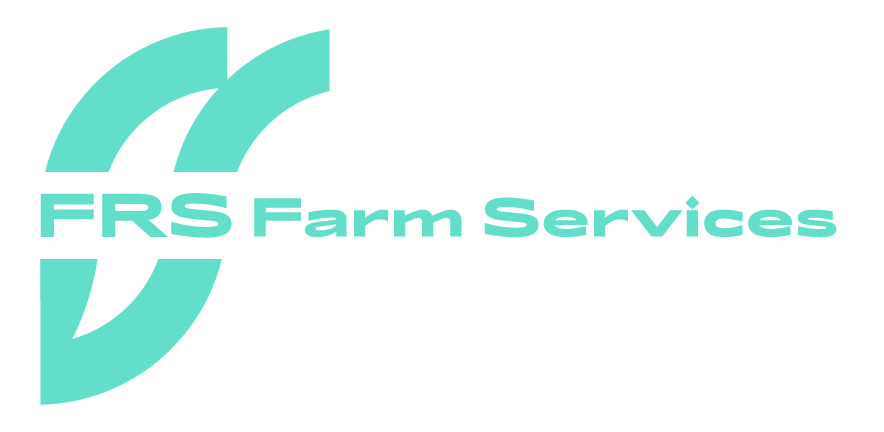As we are heading into breeding season, lameness is an issue that farmers should keep at the forefront of their minds. Lameness is not only a problem for the health of the cow, it can also lead to financial loss for the farm business.
Direct costs of animal lameness for the farmer include milk withdrawal, milk loss, weight loss, vet bills and the farmer’s time. Indirect costs include culling, reduced heat and the cost of extra services. In the long term, if cows go lame in breeding season some animals are less likely to go on calf, it takes longer to get them in calf, they’re less likely to show heat and they’re less likely to conceive.
Research from UCD shows that the average cost of a lame animal is approximately €300 these include €50 for treatment, €100 for direct producing costs, €50 for fertility/other costs and €100 for extra culling costs.
FRS Hoof Care Operator, Kieran McGee, states that a cow’s feet are like a foundation of a house. They need to be in good condition for the animal to function properly, be healthy and profitable. Kieran has put together some pointers for farmers to effectively go about preventing lameness.
Top Tips to Combat Lameness:
- Gradual introduction of concentrates, especially to heifers.
- Avoid walking long distances, especially after calving. Keep freshly calved cows near for up to 48 hours to allow pedal bone to settle back.
- Gentle handling and movement around yard, don’t rush the animals.
- Good access to food and water.
- Have roadways in the best condition possible. Areas of the roadways that can erode easily are busy paths to the yard and narrow corners. Use fine gravel to recondition pathways.
- Regular scraping of passageways.
- Remove build-up of slurry at the end of passageways.
- Eliminate pooling of water or slurry.
- Reduce stress on animals as much as possible.
- Observe cows as they are walking on flat ground and take immediate action if there are any signs of lameness.
- Land throughout the country is mostly dry at the moment, but wet weather can soften the feet and cows could be at risk of getting stones stuck in their hooves. So extra attention should be given when ground is wet.
Types of Lameness
As there are different types of lameness that can affect herds, farmers need to be vigilant for signs of the disease. The obvious signs of clinical lameness include visible limp or difficulty standing on all four feet. Subclinical lameness is harder is identify. Farmers should watch out for an arched back while walking or standing, stiff joints, taking short steps or standing with their front legs crossed. We would recommend to regularly observe cows while walking on flat ground.
Routine Hoof Care practice throughout the year is beneficial to cows. Farmers can wash cows feet and check the heel of the claw for any Digital Dermatitis, if present, treatment is required. Also, if claws are overgrown or there is a significant difference between the inner and outer claw, trimming maybe required.
We would recommend for farmers to contact FRS at the onset of lameness. Our Hoof Care Technicians will be able to advise you on what is causing lameness problems and most importantly, what steps you can take to now and to help prevent the problem in the future.
Farmers should consider recording lameness and tracking the history of the issue in individual animals. The Herdwatch App gives farmers a very easy and useful tool to record any lameness observations and treatments through their smart phone on the spot and therefore the history easily tracked. Herdwatch can record instances of lameness such as:
- Record lameness observations and set alerts to do further check ups
- Document instances of Hoof Care – such as trimming
- Record instances of Lameness treatments – such as blocks
- View all previous instances of Lameness for an Animal
- Identify which leg of an animal was/is affected
Visit www.herdwatch.ie
As FRS Farm Relief is an essential service provider during this Covid 19 crisis, farmers can still contact their local office to talk through their needs. FRS operators are following the current Covid 19 guidelines to safeguard the health and safety of customers and themselves.
FRS provides an expert Hoof Care service to farmers. We recommend routine preventative hoof trimming yearly and also provide curative hoof trimming and care advice. Find out more about hoofcare and your local FRS Office here: www.frsfarmrelief.ie/hoofcare.
